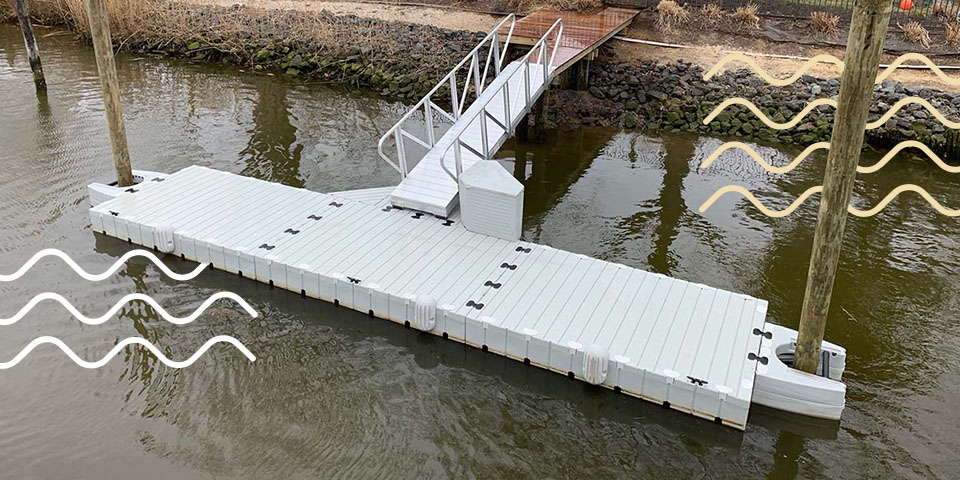Creating an impactful exhibition stand booth can be a game-changer when it comes to converting event visitors into loyal customers. A dynamic booth should immediately capture attention with its visually stunning design. The first impression is often the most important, so integrating bold colors, innovative displays, and captivating visuals is crucial. Use engaging elements such as large banners, digital screens, and interactive features that draw attendees in. A striking first glance at your booth can spark curiosity, prompting visitors to explore further. The booth’s layout and flow should make it easy for visitors to navigate and interact with your products or services. Clearly defined zones, each with a purpose, can help direct the crowd while maintaining an uncluttered, welcoming atmosphere. For instance, separate areas for demonstrations, one-on-one consultations, and product displays ensure that people can easily find what interests them. This organization reduces confusion and keeps the space functional, allowing your staff to engage visitors without feeling overwhelmed.
Effective lighting can elevate the ambiance of the booth, guiding attention to key displays and creating an inviting environment. A combination of well-placed spotlights and ambient lighting can make your products stand out while adding to the overall atmosphere. Dynamic lighting that changes with the time of day or in response to interactive elements can also keep the booth feeling fresh and engaging. Remember, lighting is not just about illumination it is about creating an experience that complements your brand’s identity. Technology integration is another key factor in drawing visitors and keeping them engaged. Interactive screens or virtual reality experiences allow potential customers to experience your products in a hands-on way, exhibition stand manufacturers making the interaction memorable. Touchscreens or augmented reality displays can demonstrate how your product or service works, providing a deeper understanding that goes beyond static brochures or sales pitches.
The goal is to provide a unique experience that visitors cannot easily replicate online or elsewhere. Engagement is not just about technology; personal interaction is equally important. Staff members should be approachable, knowledgeable, and ready to engage in meaningful conversations. Training your team to connect with visitors on a personal level is vital. Offering live demonstrations, hands-on opportunities, and answering questions in real time can turn casual observers into invested leads. Personalized attention shows visitors that your company values them, which can increase the likelihood of them taking the next step toward becoming a customer. Lastly, incentives and calls-to-action CTAs can help convert interest into action. Offering exclusive event discounts, free samples, or the chance to enter a contest can give visitors a reason to stop by and engage further. Do not forget to include a clear, compelling CTA on your aplus expo booth materials, whether it is signing up for a newsletter, scheduling a follow-up meeting, or making a purchase on the spot.






